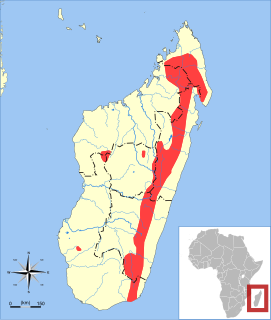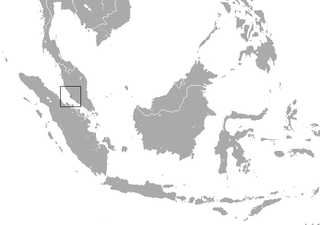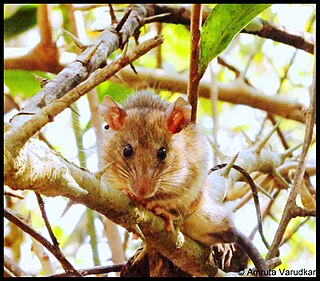 W
WThe Aders's duiker, also known as nunga in Swahili, kunga marara in Kipokomo and harake in Giriama, is a small, forest-dwelling duiker found only in Zanzibar and Kenya. It may be a subspecies of the red, Harvey's, or Peters's duiker or a hybrid of a combination of these. It is named after Dr. W. Mansfield Aders, a zoologist with the Zanzibar Government Service.
 W
WAkodon caenosus is a rodent in the genus Akodon found in northwestern Argentina and south-central Bolivia. Since its description in 1918, it has been alternatively classified as a separate species or a subspecies of Akodon lutescens. The species Akodon aliquantulus, described from some very small Argentine specimens in 1999, is now recognized as a synonym of A. caenosus.
 W
WThe baiji is a possibly extinct species of freshwater dolphin, and is thought to be the first dolphin species driven to extinction due to the impact of humans. Since Baiji means 'white fin' in Chinese, it means 'white-finned dolphin'. In China, the species is also called the Chinese river dolphin, Yangtze river dolphin, Yangtze dolphin and whitefin dolphin. Nicknamed the "Goddess of the Yangtze", it was regarded as the goddess of protection by local fishermen and boatmen. It is not to be confused with the Chinese white dolphin or the finless porpoise.
 W
WThe Madura horseshoe bat is a species of bat from the family Rhinolophidae. Current taxonomy treats the Madura horseshoe bat as a species separate of the Sulawesi horseshoe bat and not including parvus, but Csorba et al. (2003) recognizes both as subspecies of the Sulawesi horseshoe bat. It is known only from seven specimens from Madura Island and the Kangean Islands in Indonesia, and its type locality is Soemenep, Madura Island. The species is listed as Vulnerable on the IUCN Red List, and it suffers from habitat loss due to limestone excavation and deforestation for logging and agriculture in its habitat. It is also unknown whether or not the Madura horseshoe bat lives in any protected areas. The species is cave-roosting and most likely independent of water, foraging in primary forest.
 W
WMajor's long-tailed tenrec is a species of mammal in the family Tenrecidae. It is endemic to Madagascar. Its natural habitat is the eastern humid forest of the island, as well as some western forests, where it has been seen at elevations from 785 to 2000 m. Its habits are not well known, but it is thought to be semiarboreal. The species was formerly viewed as synonymous with M. longicaudata. It was named in honor of zoologist C. I. Forsyth Major.
 W
WThe Malagasy white-bellied free-tailed bat is a species of bat in the family Molossidae. It is endemic to Madagascar.
 W
WThe Malayan roundleaf bat is a horseshoe bat found only in Malaysia. It is listed as a data deficient species.
 W
WThe Pomona roundleaf bat, Pomona leaf-nosed bat, or Andersen's leaf-nosed bat is a species of bat in the family Hipposideridae. It is found in Bangladesh, Cambodia, China (southern), India, Laos, Malaysia (Peninsular), Myanmar, Nepal, Thailand and Vietnam. It roosts in small colonies, consisting of a few individuals, in caves and crevices. It appears to tolerate modified habitats well, even occurring in urban areas.
 W
WThe Sahyadris forest rat is a species of rat belonging to the family Muridae. It is native to the northern Western Ghats in India where it is split between three regions, Satara in Maharashtra, the Nilgiri mountains in Tamil Nadu and Kodagu district in Karnataka.
 W
WThe scaly-tailed possum – Wyulda squamicaudata – is found in northwestern Australia, where it is restricted to the Kimberley. They are light grey over most of the body and have relatively short ears and muzzle. The mostly hairless tail is able to curl around the branches of trees as the possum forages for food, its grasp is aided by rasp-ilke scales and is strong enough to hold its own weight. The species favours complex rocky terrain with dense thickets of vines and the fruiting trees that provide much of their diet.
 W
WShortridge's horseshoe bat is a species of Horseshoe bat native to Northeast India, northern Myanmar, and southern China. It was first described in 1918 by Knud Andersen, and was considered a subspecies of Blyth's horseshoe bat until 2003 when the two species were collected in sympatry.